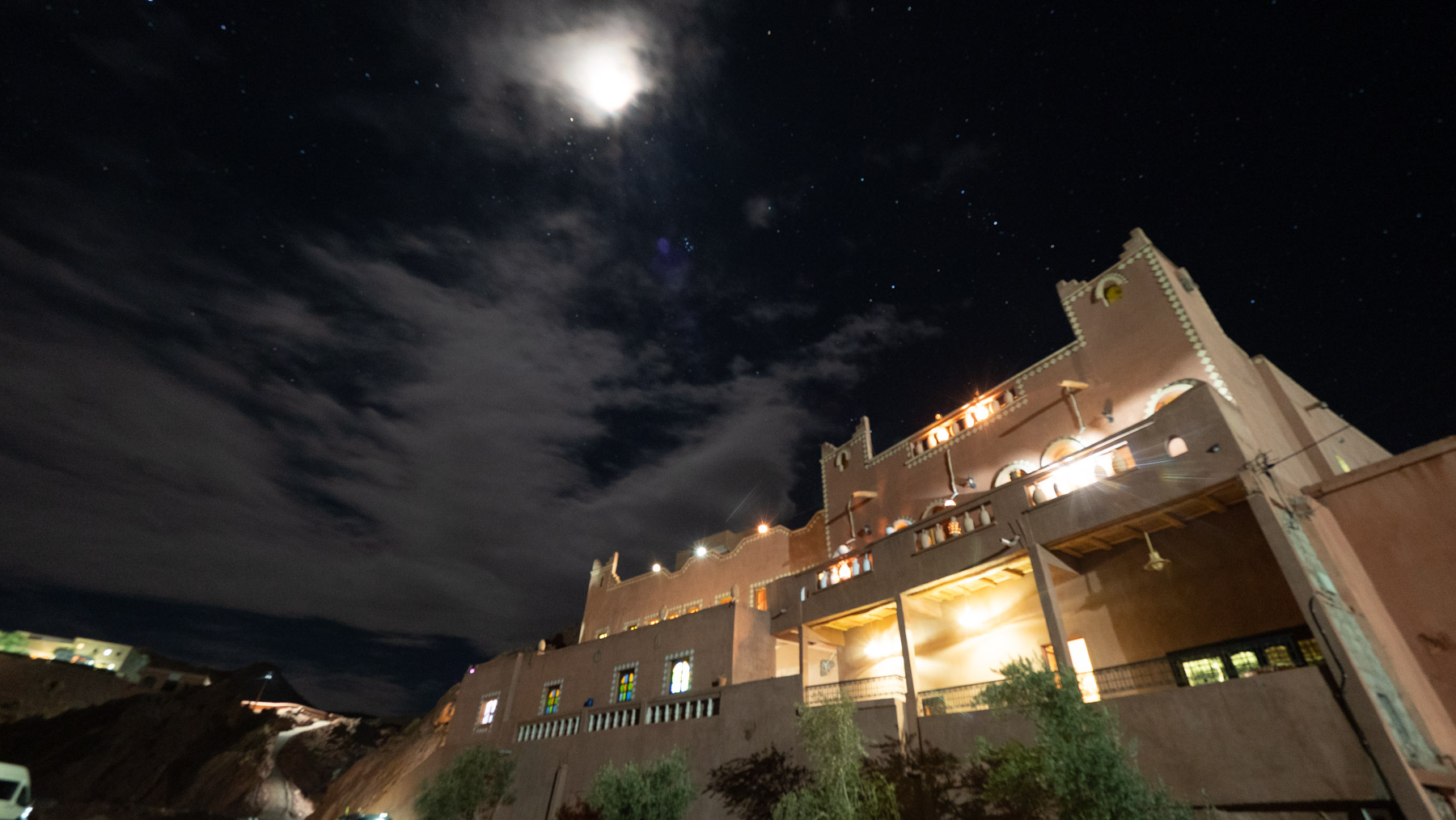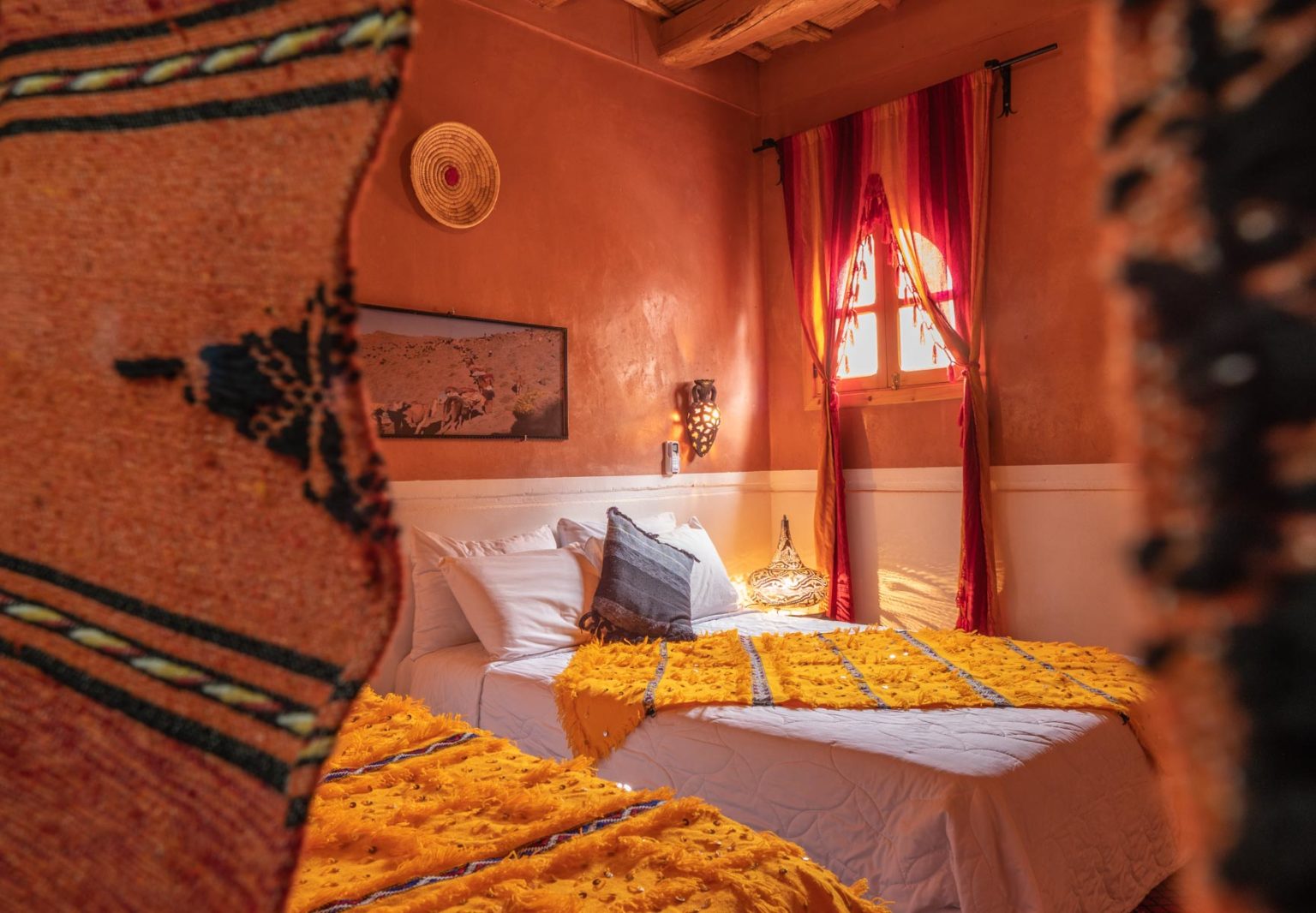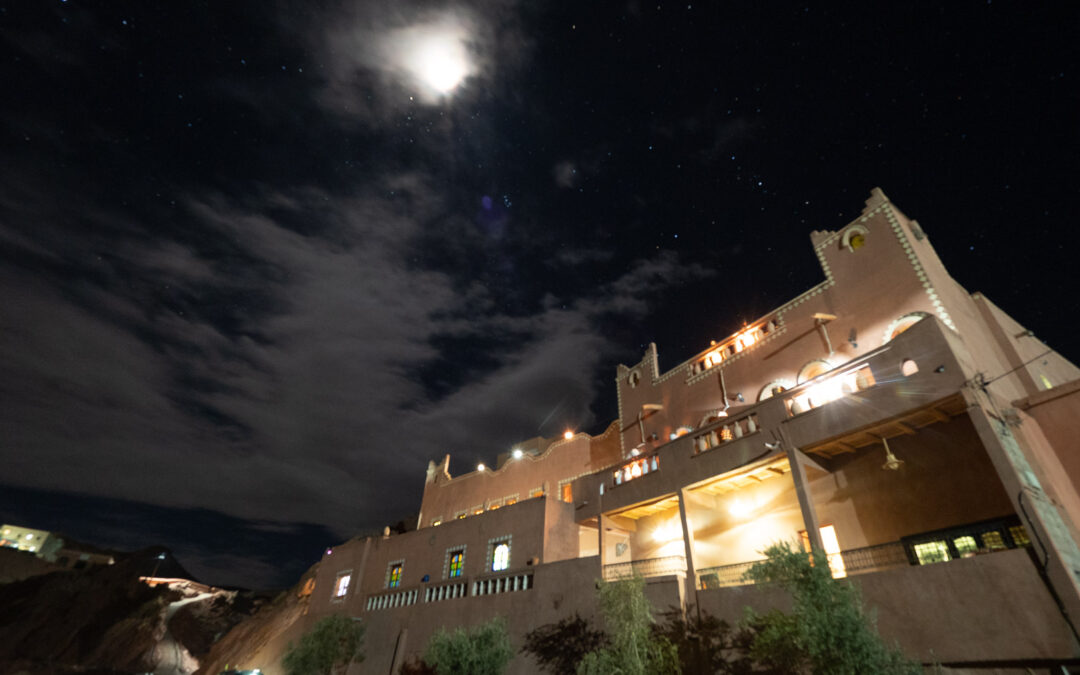

A Guide to Berber Handicrafts: Carpets, Jewelry, and Pottery
When traveling to Morocco, one cannot help but be captivated by the rich culture and heritage of the Berber people. Known for their intricate handicrafts, the Berbers have a long tradition of creating beautiful items such as carpets, jewelry, and pottery. In this guide, we will explore the world of Berber handicrafts and discover the artistry and skill behind these unique creations.
The Art of Berber Carpets
Berber carpets are renowned worldwide for their quality and craftsmanship. Made by hand using traditional techniques that have been passed down through generations, these carpets are not just functional pieces but also works of art. The Berbers use natural materials such as wool and cotton to create intricate patterns and designs that reflect their cultural heritage.
Each Berber carpet tells a story, with symbols and motifs that hold deep meaning for the weavers. From geometric patterns to tribal symbols, every carpet is a reflection of the Berber way of life. Visitors to Morocco often find themselves drawn to the vibrant colors and unique designs of these carpets, making them popular souvenirs to take home.
The Beauty of Berber Jewelry
Berber jewelry is another form of handicraft that showcases the artistry and creativity of the Berber people. Using silver, coral, amber, and other precious materials, Berber artisans create stunning pieces that are not only beautiful but also steeped in symbolism.
Each piece of Berber jewelry is unique, with intricate designs that are inspired by nature, religion, and Berber traditions. From necklaces to bracelets, every piece tells a story and holds a special significance for the wearer. Visitors to Morocco often seek out Berber jewelry as a way to connect with the culture and history of the region.
The Tradition of Berber Pottery
Berber pottery is a traditional craft that dates back centuries. Using clay sourced from the Atlas Mountains, Berber potters create functional and decorative pieces that are both beautiful and practical. From tagines to vases, Berber pottery is known for its earthy colors and intricate designs.
Each piece of Berber pottery is handmade, with artisans using techniques that have been perfected over generations. The pottery reflects the Berber connection to the land and their respect for nature. Visitors to Morocco often admire the skill and artistry behind Berber pottery, making it a popular item to purchase as a souvenir.
In conclusion, Berber handicrafts such as carpets, jewelry, and pottery are an integral part of Moroccan culture and heritage. Visitors to Morocco have the opportunity to explore the world of Berber craftsmanship and appreciate the skill and artistry behind these unique creations. Whether it’s a vibrant carpet, a beautiful piece of jewelry, or a handcrafted pottery item, Berber handicrafts offer a glimpse into the rich traditions of the Berber people.


Tips for Exploring Berber Handicrafts
When it comes to discovering the vibrant world of Berber handicrafts in Morocco, there are a few key tips to keep in mind to make the most of your experience. Whether you are interested in carpets, jewelry, or pottery, understanding the local traditions and techniques can enhance your journey through this rich cultural heritage.
1. Carpets
For those intrigued by the intricate art of Berber carpet weaving, visiting a local souk or market is a must. Look for authentic pieces that showcase traditional Berber designs and patterns. Don’t hesitate to engage with the artisans to learn more about the process and history behind these exquisite creations.
2. Jewelry
Exploring Berber jewelry is like delving into a treasure trove of symbolism and beauty. Seek out pieces that reflect the unique Berber aesthetic, often characterized by geometric shapes and vibrant colors. Remember that each piece has a story to tell, so take the time to appreciate the craftsmanship and cultural significance.
3. Pottery
When it comes to Berber pottery, the focus is on both form and function. Look for pieces that combine traditional Berber techniques with modern influences, creating stunning works of art that are also practical. Consider visiting pottery workshops to witness the artisans at work and gain a deeper appreciation for this ancient craft.
Expert Advice for Inquisitive Travelers
As an expert guide to the world of Berber handicrafts, it’s important to encourage travelers to approach their exploration with curiosity and respect. By engaging with local artisans and learning about their traditions, visitors can gain a deeper understanding of the cultural significance of these crafts.
Embracing Cultural Exchange
One of the most rewarding aspects of exploring Berber handicrafts is the opportunity for cultural exchange. Take the time to interact with artisans, ask questions, and share your own experiences. This mutual sharing of knowledge can create meaningful connections and enrich your travel experience.
Supporting Local Communities
By purchasing authentic Berber handicrafts directly from artisans or local cooperatives, travelers can support the sustainability of these traditional crafts. This direct support not only benefits the artisans and their communities but also ensures the preservation of these cultural treasures for future generations.
Embarking on a journey through the world of Berber handicrafts is not just about acquiring beautiful souvenirs; it’s about immersing yourself in a centuries-old tradition and connecting with the artisans who keep these crafts alive. With these tips in mind, travelers can embark on a meaningful exploration that goes beyond mere shopping.


Exploring the Rich Heritage of Berber Handicrafts in Morocco
When traveling to Morocco, one cannot miss the opportunity to immerse themselves in the vibrant world of Berber handicrafts. From intricately woven carpets to exquisite jewelry and colorful pottery, the Berber artisans have a long-standing tradition of creating unique and beautiful pieces that reflect their rich cultural heritage.
Discovering the Art of Berber Carpets
Carpets hold a special place in Berber culture, with each piece telling a story through its intricate patterns and designs. The art of carpet weaving has been passed down through generations, with many Berber women dedicating their lives to perfecting this craft. Visitors to Morocco can explore bustling markets and small villages to find a wide array of carpets, each with its own distinct style and symbolism.
Admiring the Craftsmanship of Berber Jewelry
Another treasure of Berber handicrafts is jewelry, which is often characterized by bold colors, intricate metalwork, and semi-precious stones. Berber jewelry not only serves as adornment but also holds cultural significance, with many pieces being passed down as heirlooms. Travelers can shop for unique necklaces, bracelets, and earrings in markets across Morocco, each piece reflecting the skilled craftsmanship of Berber artisans.
Exploring the Beauty of Berber Pottery
Berber pottery is renowned for its vibrant colors and geometric patterns, reflecting the region’s history and traditions. From tagines to decorative vases, Berber pottery combines functionality with artistry, making each piece a work of beauty. Visitors can witness pottery-making demonstrations in local workshops and purchase one-of-a-kind pieces to bring a touch of Morocco’s artistic heritage back home.
Overall, exploring Berber handicrafts in Morocco is not just a shopping experience but a journey into the heart of a culture that values artistry, tradition, and craftsmanship. Whether you are drawn to the intricate designs of carpets, the bold beauty of jewelry, or the colorful world of pottery, Berber handicrafts offer a window into Morocco’s rich heritage that is sure to captivate and inspire.


When planning a trip to Morocco, especially if you are interested in exploring Berber handicrafts such as carpets, jewelry, and pottery, there are several recommendations that can enhance your experience. These recommendations can be divided into three main categories: before the trip, during the trip, and after the trip.
Before the Trip:
Research: Before embarking on your journey, it is essential to research the different types of Berber handicrafts that interest you the most. Understanding the history and significance of these crafts will enrich your experience when you encounter them in Morocco.
Learn basic Arabic or French phrases: While English is spoken in many tourist areas, knowing a few basic Arabic or French phrases can help you communicate with locals and artisans more effectively.
Check the weather: Morocco has diverse climates, so make sure to check the weather forecast for the regions you plan to visit. This will help you pack appropriate clothing and accessories.
During the Trip:
Visit local markets and cooperatives: Explore the vibrant souks and markets in cities like Marrakech, Fez, and Essaouira to discover authentic Berber handicrafts. Additionally, consider visiting artisan cooperatives where you can see craftsmen at work.
Bargain respectfully: Bargaining is a common practice in Moroccan markets. While negotiating the price, remember to do so respectfully and with a smile. It is part of the cultural experience.
Attend a workshop: Participate in a workshop to learn about the traditional techniques used in Berber craftsmanship. You can try your hand at making a small item under the guidance of skilled artisans.
After the Trip:
Preserve your purchases: When you return home, take care of the Berber handicrafts you bought in Morocco. Follow any care instructions provided by the seller to ensure their longevity.
Share your experience: Share your experience with friends and family, and consider writing reviews or blog posts about the artisans and shops you visited. This can help support the local craftsmanship and promote sustainable tourism.
Plan your next trip: Morocco has so much to offer beyond Berber handicrafts. Start planning your next trip to explore other aspects of this culturally rich country.
Recommended Accommodation: Auberge Atlas Dades
If you are looking for a unique and authentic stay in Morocco, Auberge Atlas Dades is highly recommended. Located in the stunning Dades Valley, this guesthouse offers breathtaking views of the Atlas Mountains and the picturesque surroundings.
The hospitality at Auberge Atlas Dades is exceptional, with friendly staff ready to assist you with any needs or inquiries. The rooms are cozy and well-appointed, providing a comfortable retreat after a day of exploring Berber villages and handicraft markets.
Guests can enjoy delicious Moroccan cuisine at the on-site restaurant, showcasing the flavors of the region. The tranquil atmosphere of Auberge Atlas Dades makes it the perfect place to unwind and immerse yourself in the beauty of the Moroccan landscape.
Whether you are a solo traveler, a couple, or a family
Berber handicrafts refer to traditional handmade items created by the Berber people of North Africa. These items include carpets, jewelry, and pottery that showcase the rich cultural heritage of the Berber community. You can purchase authentic Berber handicrafts from local markets in Morocco, especially in cities like Marrakech and Fez. It’s important to look for certified sellers to ensure the quality and authenticity of the products. Berber carpets are known for their distinctive designs, which often feature geometric patterns and bold colors. These carpets are handwoven using traditional techniques that have been passed down through generations. Authentic Berber jewelry is typically made from silver or gold and may feature intricate engravings or semi-precious stones. Look for hallmarks or stamps that indicate the metal content and quality of the piece. While some Berber pottery items are purely decorative, many are also functional and can be used for everyday purposes. These items are often handcrafted using traditional techniques that make them both beautiful and practical. Berber handicrafts play a crucial role in preserving the cultural heritage of the Berber people in Morocco. These items reflect the traditions, beliefs, and artistic skills of the community, serving as important cultural symbols. Yes, there are opportunities to learn how to make Berber handicrafts through workshops and classes offered in Morocco. This hands-on experience allows participants to appreciate the craftsmanship and artistry behind these traditional items. When purchasing Berber handicrafts as souvenirs, consider the quality, authenticity, and cultural significance of the items. It’s also important to support local artisans and businesses by buying directly from them. The price of Berber handicrafts can vary depending on the item, its quality, and where it is purchased.




Frequently Asked Questions
What are Berber handicrafts?
Where can I buy authentic Berber handicrafts?
What makes Berber carpets unique?
How can I distinguish authentic Berber jewelry?
Are Berber pottery items functional?
What is the significance of Berber handicrafts in Moroccan culture?
Can I learn how to make Berber handicrafts?
What should I consider when buying Berber handicrafts as souvenirs?
Are Berber handicrafts expensive?





